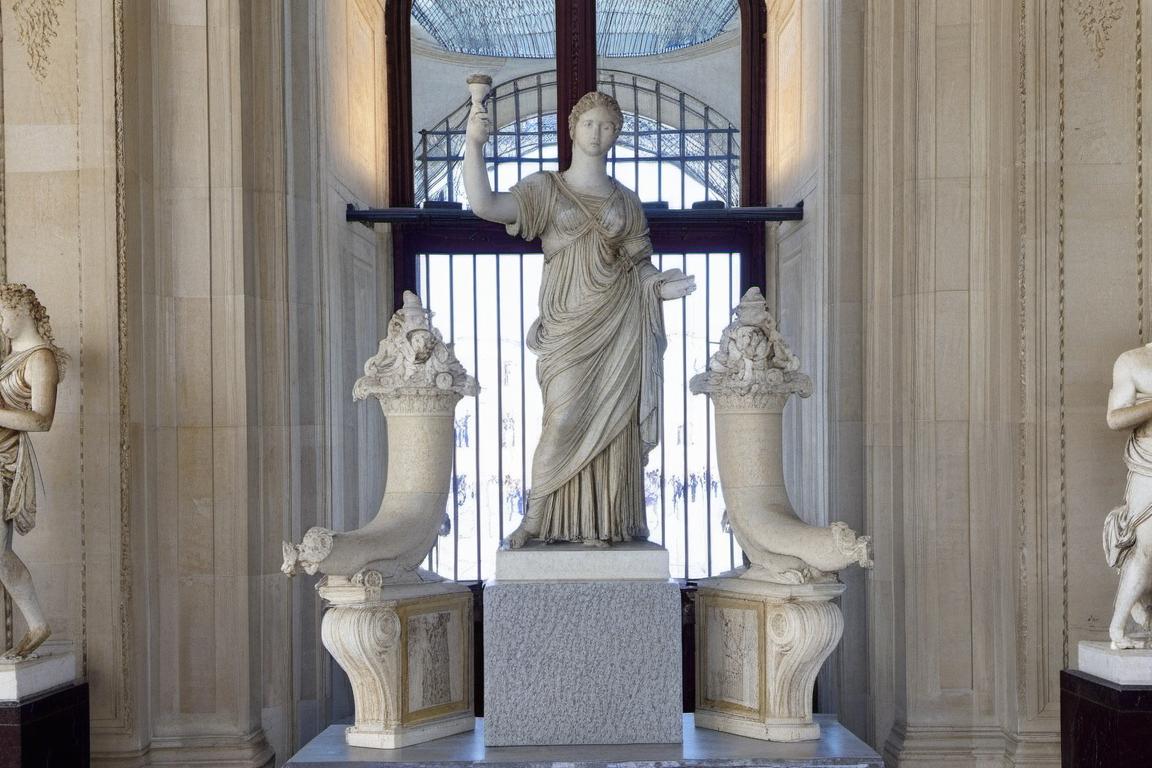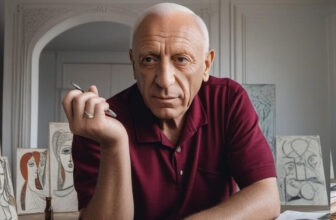
What Are the Most Popular Sculptures in the Louvre Museum?
The Louvre Museum in Paris is one of the most iconic cultural landmarks in the world, renowned for its unparalleled collection of art and artifacts. Among its many treasures, the sculptures housed within the museum are particularly remarkable, representing millennia of artistic achievement and cultural heritage. This article delves into some of the most popular sculptures in the Louvre Museum, exploring their historical significance, artistic brilliance, and enduring allure.
1. The Venus de Milo
The Venus de Milo, also known as Aphrodite of Milos, is arguably one of the most famous sculptures in the Louvre and the world. Discovered on the Greek island of Milos in 1820, this stunning marble statue is believed to depict Aphrodite, the Greek goddess of love and beauty. Sculpted during the Hellenistic period (circa 130–100 BCE), the Venus de Milo embodies the ideals of classical beauty with its harmonious proportions, graceful posture, and intricate detailing.
One of the statue’s most intriguing features is its missing arms, which have been the subject of much speculation and fascination. Despite its incomplete state, the Venus de Milo exudes an aura of timeless elegance and has become a symbol of artistic perfection.
2. The Winged Victory of Samothrace
Another masterpiece that draws millions of visitors to the Louvre is the Winged Victory of Samothrace. This extraordinary sculpture, dating back to around 200 BCE, was discovered on the island of Samothrace in 1863. It represents Nike, the Greek goddess of victory, and was likely created to commemorate a naval triumph.
The Winged Victory is celebrated for its dynamic composition and lifelike depiction of movement. The goddess’s flowing drapery, which appears to be swept back by the wind, creates a sense of motion and vitality that is unparalleled in ancient sculpture. Displayed atop a reconstructed ship’s prow, the statue is both a testament to Greek artistic ingenuity and a source of inspiration for countless admirers.
3. Michelangelo’s Dying Slave and Rebellious Slave
Among the works of Renaissance genius Michelangelo, the Dying Slave and Rebellious Slave hold a special place in the Louvre’s collection. These two marble sculptures were originally intended as part of a grand tomb for Pope Julius II but were left incomplete.
The Dying Slave depicts a figure in a state of languid repose, seemingly succumbing to eternal rest. In contrast, the Rebellious Slave is portrayed in a struggle against unseen restraints, symbolizing resistance and defiance. Together, these sculptures showcase Michelangelo’s unparalleled ability to capture the complexities of human emotion and the beauty of the human form.
4. Psyche Revived by Cupid’s Kiss
Created by Antonio Canova in the late 18th century, Psyche Revived by Cupid’s Kiss is a neoclassical masterpiece that captures a moment of romantic intimacy and divine love. The sculpture depicts the mythological tale of Psyche, who is revived by the kiss of her lover, Cupid.
The tender interaction between the two figures, combined with the artist’s meticulous attention to detail, results in a work that radiates emotion and grace. The flowing lines and delicate textures of the marble make this sculpture a favorite among visitors who are drawn to its ethereal beauty.
5. The Seated Scribe
Moving away from Greek and Roman art, the Louvre’s collection also includes remarkable sculptures from ancient Egypt. The Seated Scribe, dating back to the 4th or 5th Dynasty (circa 2600–2350 BCE), is one of the most famous pieces of Egyptian art in the museum.
This painted limestone figure depicts a scribe in a seated position, holding a papyrus scroll. The statue’s realistic features, including its alert eyes and serene expression, provide a glimpse into the daily life and societal roles of ancient Egypt. The Seated Scribe stands out for its lifelike quality and historical importance.
6. The Great Sphinx of Tanis
Another Egyptian masterpiece in the Louvre is the Great Sphinx of Tanis, one of the largest sphinx statues outside of Egypt. Carved from granite and dating back to around 2600 BCE, this colossal sculpture represents a lion with the head of a pharaoh, symbolizing strength and wisdom.
The Sphinx of Tanis captivates visitors with its monumental scale and enigmatic expression. It serves as a powerful reminder of the grandeur of ancient Egyptian civilization and its enduring influence on art and culture.
7. The Marly Horses
The Marly Horses, created by Guillaume Coustou in the 18th century, are dynamic sculptures that depict rearing horses restrained by their grooms. Originally commissioned for the Château de Marly, these statues are now prominently displayed in the Louvre.
The energy and tension captured in the horses’ powerful movements and the struggle of their handlers make these sculptures a standout example of Baroque art. The Marly Horses continue to impress viewers with their dramatic composition and technical brilliance.
8. The Three Graces
The Three Graces, sculpted by Jean-Baptiste Carpeaux in the 19th century, portrays the three daughters of Zeus—Euphrosyne, Aglaea, and Thalia—who symbolize beauty, charm, and joy. This harmonious group sculpture is celebrated for its intricate details and the interplay of light and shadow on the marble surface.
The dynamic poses and expressive faces of the figures capture the essence of grace and elegance, making this work a beloved highlight of the Louvre’s collection.
The sculptures in the Louvre Museum represent a diverse array of artistic traditions and historical periods, offering visitors a journey through the evolution of human creativity. From the classical perfection of the Venus de Milo to the dramatic dynamism of the Marly Horses, each piece tells a unique story and showcases the mastery of its creator.
These timeless masterpieces continue to captivate audiences from around the world, solidifying the Louvre’s reputation as a treasure trove of cultural and artistic heritage. A visit to the museum is not only an opportunity to witness these extraordinary works firsthand but also an invitation to connect with the rich tapestry of human history through the universal language of art.





